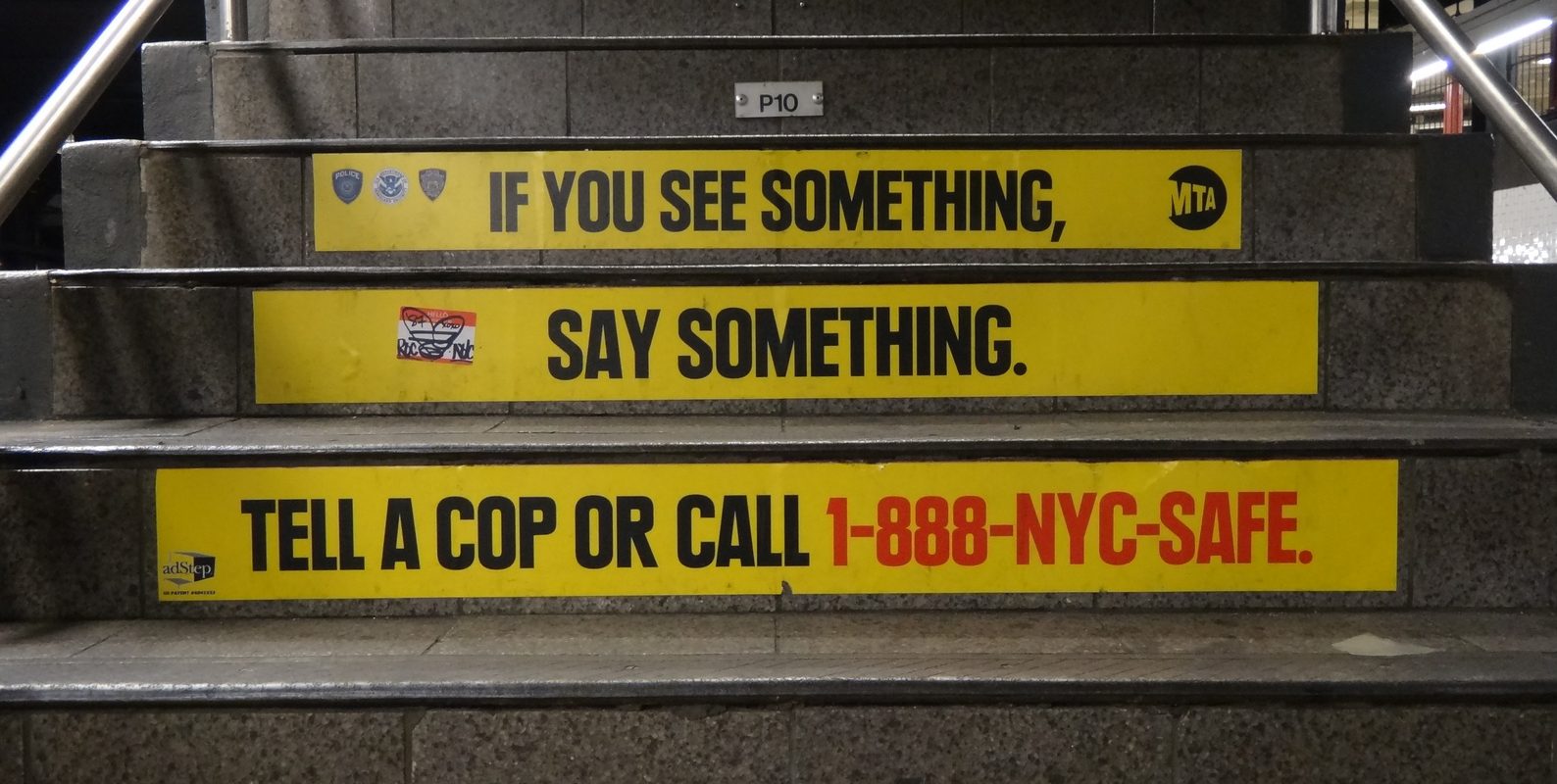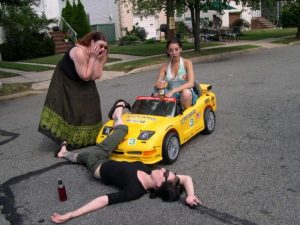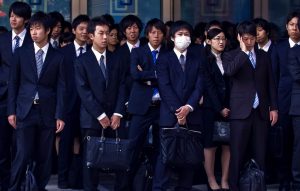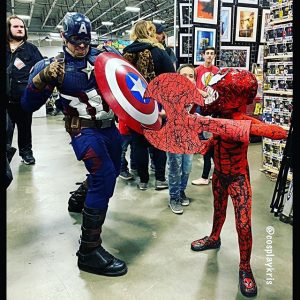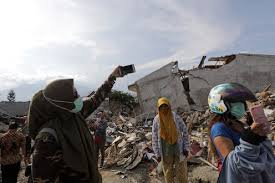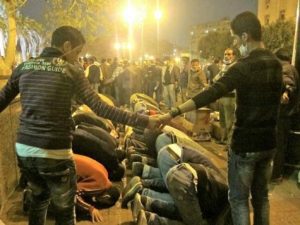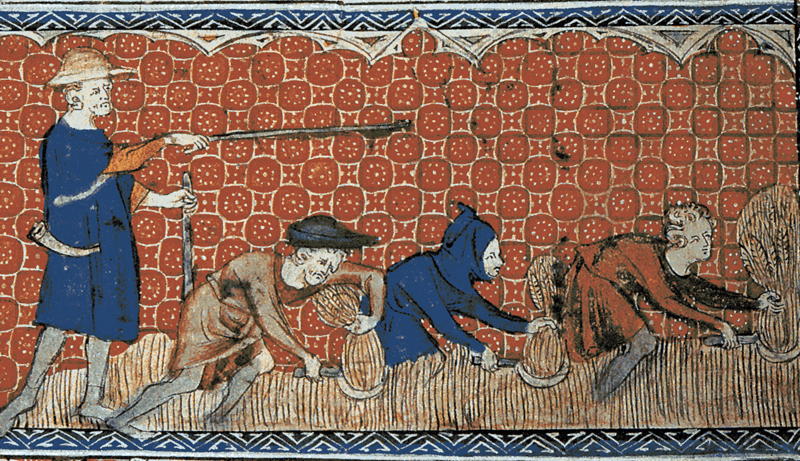
August panel from the Queen Mary Psalter (14th century)
Yes, it’s August 10th, and some events are in the rearview mirror.

from Encyclopedia Virginia
Like the anniversary of the Emancipation of 500. On August 1, 1791, Virginia planter Robert Carter III shocked his family and friends by filing a deed of emancipation for his 500 slaves. Not all at once, but the document established a schedule such that 15 slaves would be freed each January 1 over a 21-year period. Children would be freed when they reached adulthood: age 18 for women and 21 for men.

from Encyclopedia Virginia
In addition, Carter made legal provisions to care for freed slaves who were elderly or infirm. Before being emancipated, people were taught trades and set up with bank accounts and legal identity papers. The lands that had made up his multiple plantations were rented or sold cheaply to freedmen.
He wrote, “I have for some time past been convinced that to retain them in Slavery is contrary to the true principles of Religion and Justice and therefore it is my duty to manumit them.”
Robert Carter’s “Deed of Gift” is believed to be the largest act of emancipation in US history, and it predates Abraham Lincoln’s Emancipation Proclamation by 70 years.
But some things are celebrated all month long, so there is plenty of time to observe the various “holidays” at your own convenience.
August Holidays
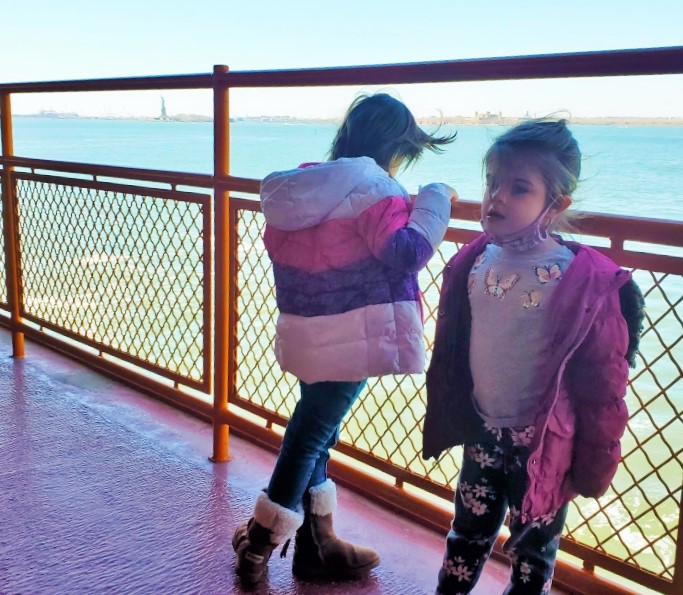
I mentioned American Adventures Month in a Facebook post: the point is to celebrate vacationing in the Americas. People are encouraged to explore South, Central, and North America.
Outdoor adventures are a great way to maintain social distance while we wait for Covid to die out completely. I might add, doing so would raise awareness that the United States is not equivalent to America.
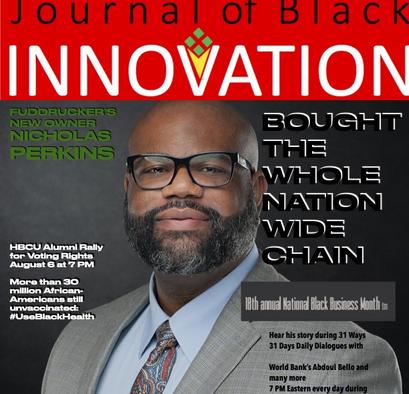
Six months after Black History Month, the point of Black Business Month is to boost awareness of black owned and operated businesses. The month is dedicated to starting, maintaining, and buying from black owned businesses. Maggie Walker (founder of the Penny Bank, among other things) and Oprah Winfrey didn’t start at the top!
Score.org, Business Insider, Entrepreneur, Mashable, NBC, and Oprah have suggestions for how you can support Black and minority-owned businesses.
Image from the 18th Annual National Black Business Month website
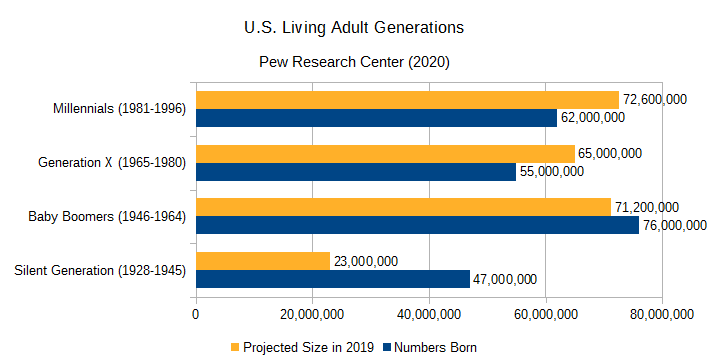
- Boomers Making a Difference Month
- This is a relatively new one, dating only to 2010. Many organizations, including the AARP and Senior Living Magazine, arrange events to encourage those in the Boomer generation to volunteer in their communities. Some also celebrate baby boomers who have made special efforts to help others in need improve their lives.
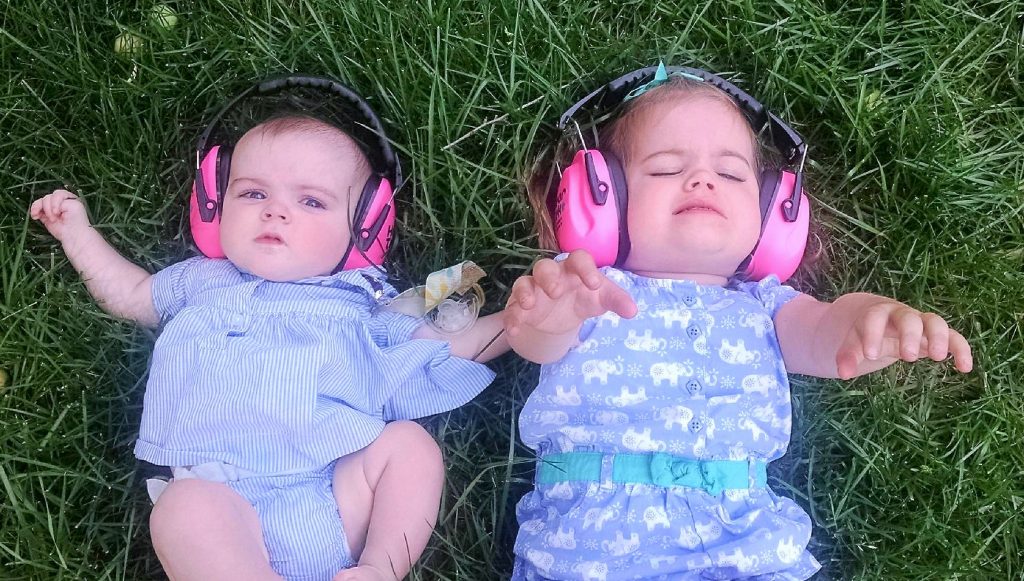
- Bystander Awareness Month
- The Bystander Effect is a social psychological phenomenon: the more people who witness a person in need, the less likely that person is to get help. Everyone assumes someone else will step in. The purpose of this month’s awareness is to encourage people to be active bystanders and step up when witnessing injustice, sexual assault, domestic violence, etc. Even traffic accidents and house fires cause this effect. It’s far better to have too many people call 911 than to have no one call.
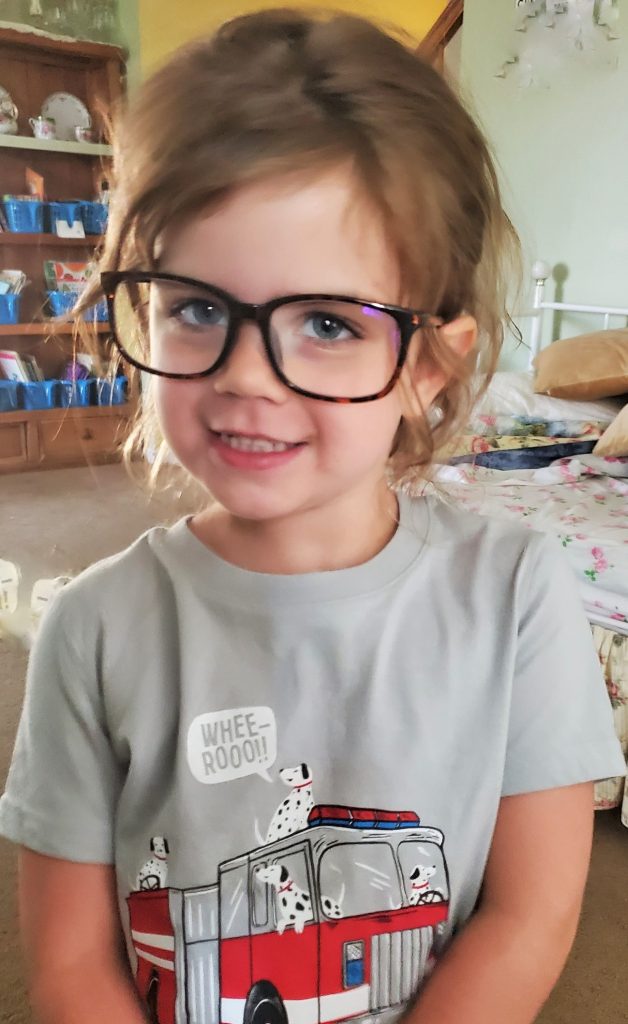
Children’s Eye Health and Safety Month
The American Academy of Ophthalmology encourages parents, doctors, teachers, and anyone working with children to look for signs of poor eyesight or eye health in August. In addition to near-sightedness or far-sightedness, children’s vision development is commonly affected by lazy eye, crossed eyes, color blindness, drooping eyelids, and astigmatism.
This is closely related to Children’s Vision and Learning Month, established in 1995. Because 80% of learning is dependent on vision, parents and educators need to be alert. Just before starting a new school year is the perfect time to schedule an eye exam. Estimates are that 25% of children have an undiagnosed vision problem.
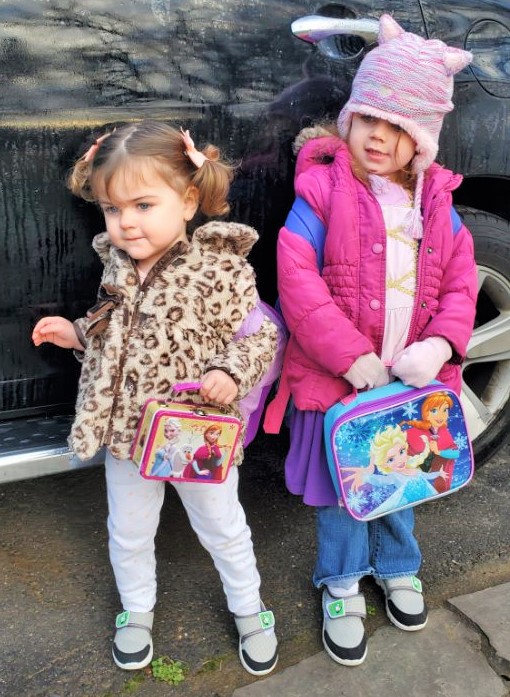
Get Ready for Kindergarten Month
Support the happy transition to Kindergarten. Nearly 2 million children in the US enter kindergarten each year, changing not only their lives but the lives of their parents siblings, and teachers.
This year will be especially challenging for families and teachers making the change back from online school while trying to avoid new Covid outbreaks.
August is a good time to get kids adjusted to a new sleeping and eating schedule, ensure new students are up to date on all their doctor visits and vaccines, and buy a giant pair of sunglasses to hide your tears when your little one skips off to the classroom.
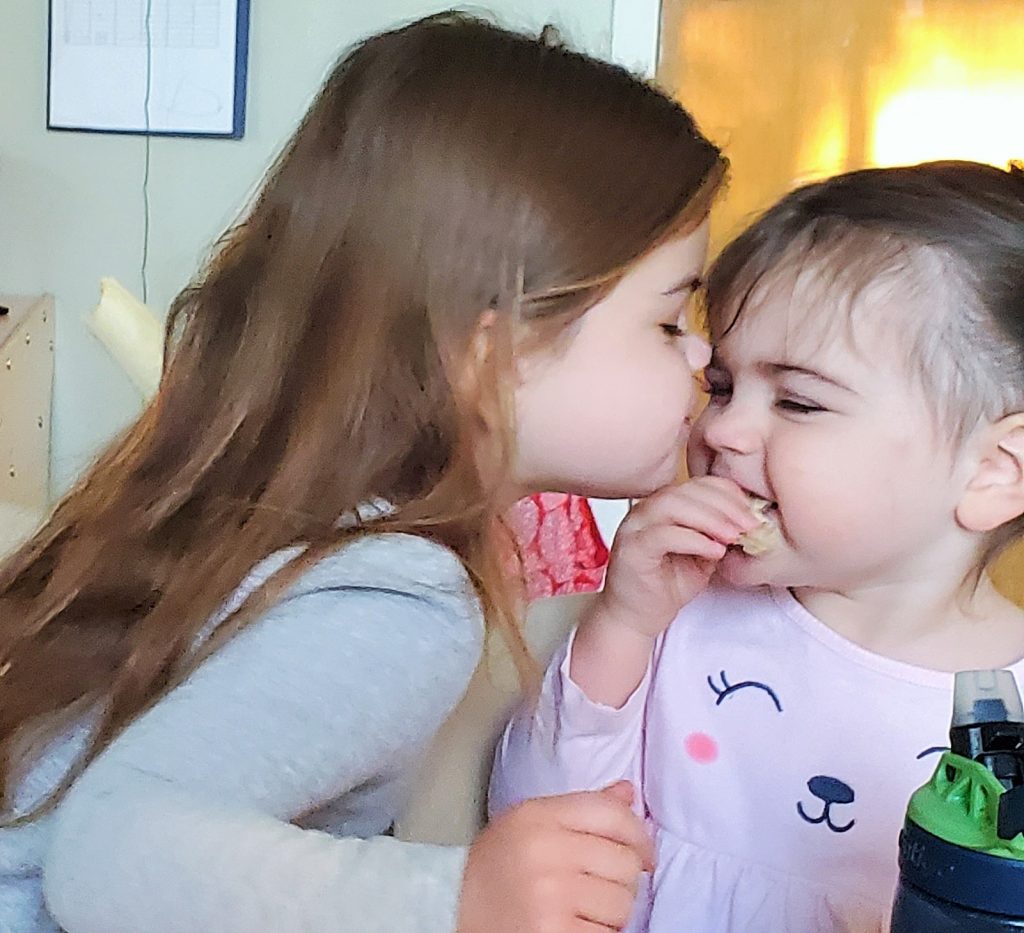
The Secret Society of Happy People breaks their solemn vow of secrecy every year to sponsor this event. The goal is to encourage people to express their happiness and discourage raining on anyone’s parade.

Technically, International Pirate Month is not celebrated in August. It’s celebrated in Ahrrr-gust!
It’s the perfect opportunity to practice your patois for Talk Like a Pirate Day on September 19.
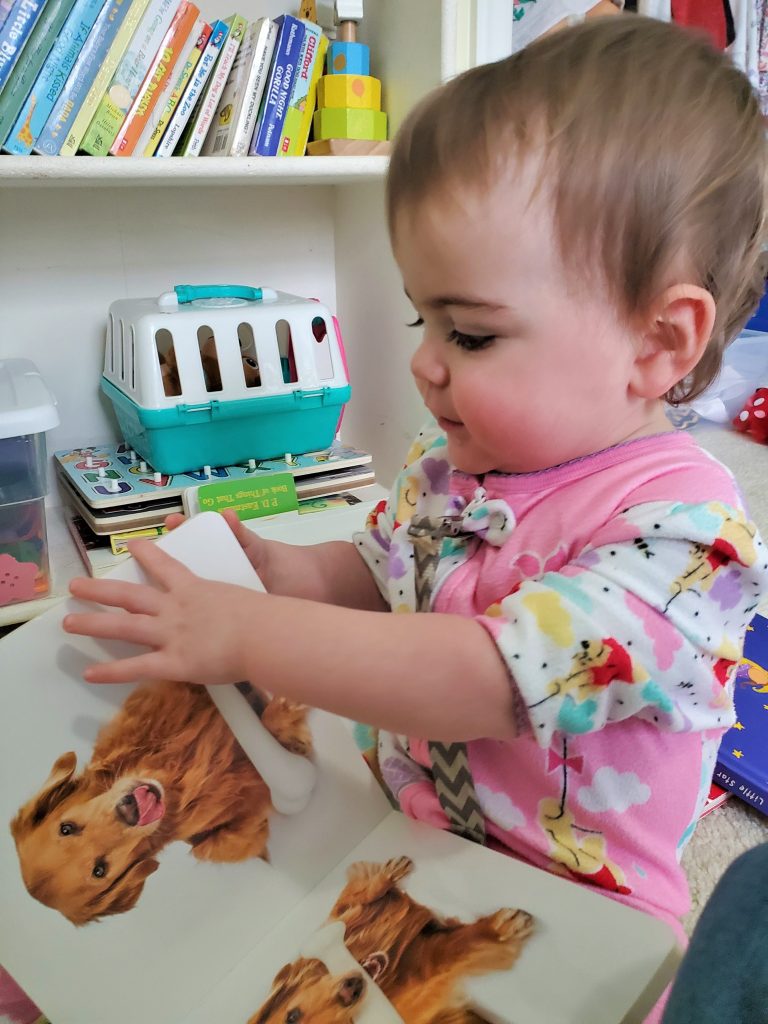
First observed in 2013, the title says it all!
I recommend this romantic story about the true love a dog feels for his bone.
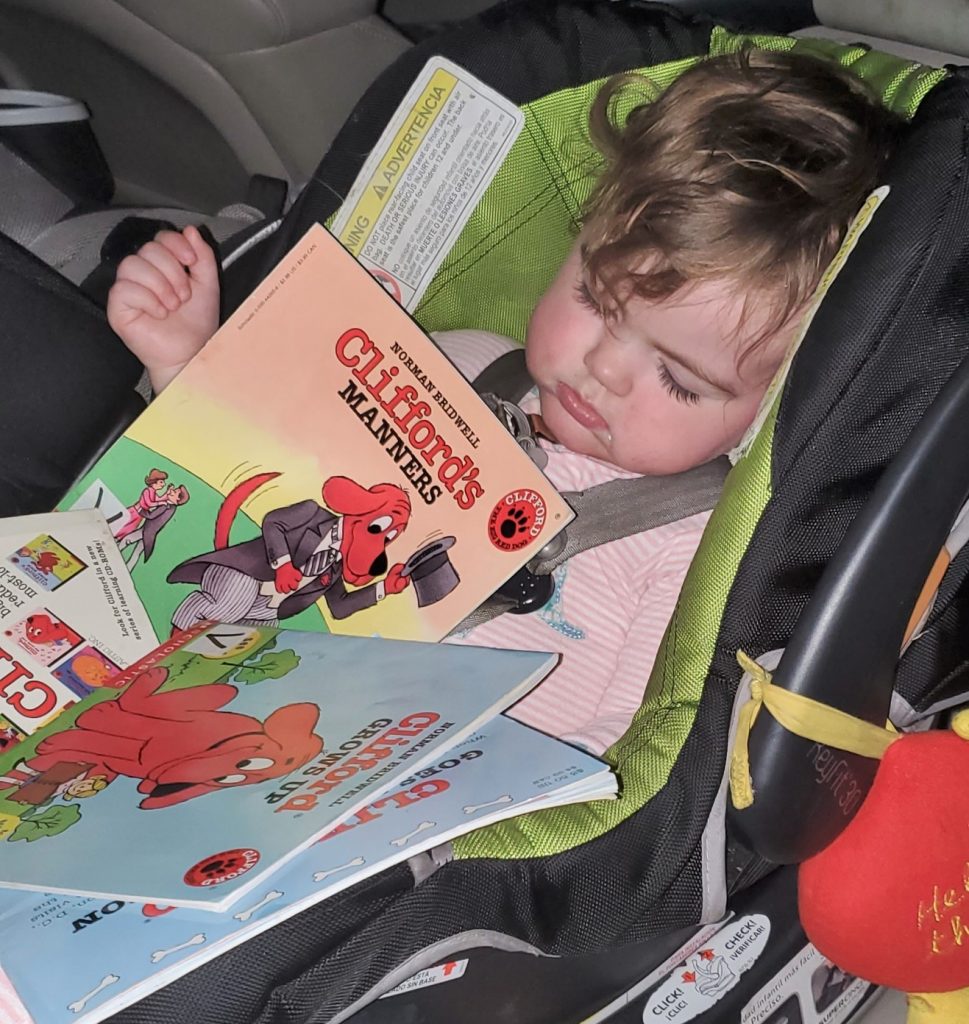
National Traffic Awareness Month
Boiled down, it means be aware and take steps to not get distracted by all your car’s technology, cell phone calls, passenger talk, or any other distractions.
Reading in the car can lead so easily to sleeping in the car, which inevitably ends in drooling in the car.
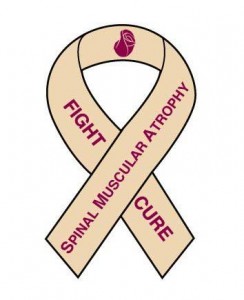
National Spinal Muscular Atrophy Awareness Month
The goal is to bring attention to this congenital disease. By damaging the motor function nerves in the spinal column, SMA breaks downs patients’ ability to walk, move, eat, even to breathe.
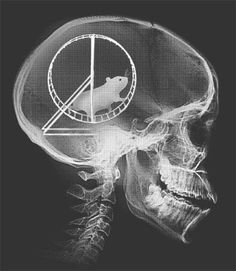
The American Association of Neurosurgeons has designated August every year to raising awareness of neurological conditions. Each year, the focus is on a different type of disorder or injury, such as stroke or brain tumors. This year, the focus is on Traumatic Brain Injuries.
*Not an accurate representation of a neurosurgeon at work.
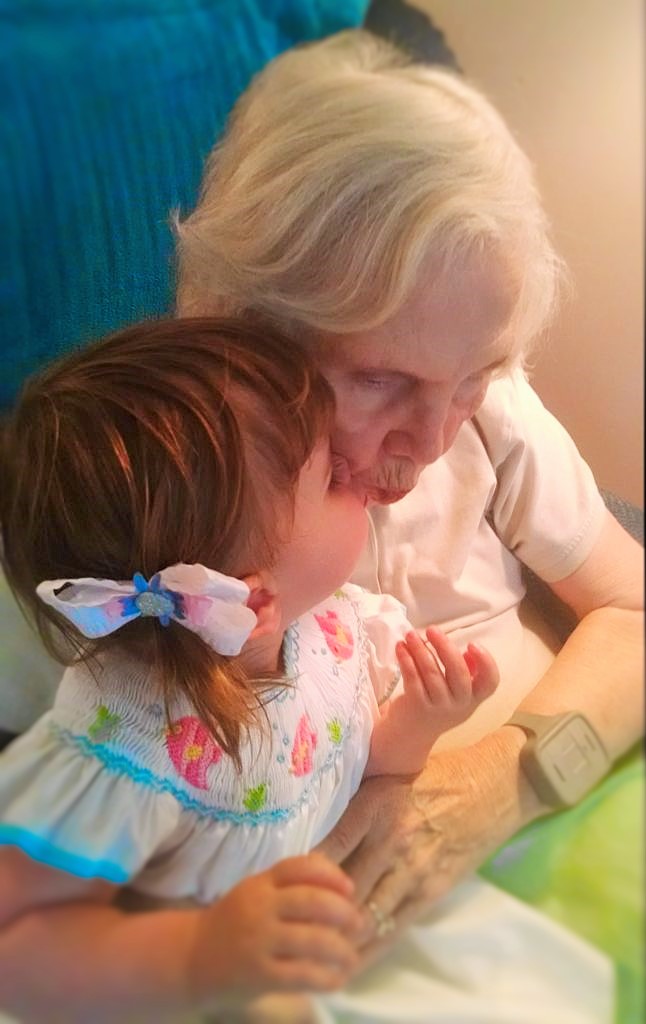
What Will Be Your Legacy Month
Many people do not realize how their actions affect others. They live their lives selfishly, not realizing the impact of their life choices on present and possibly future generations. So, the point of this month-long celebration is to have people reflect on ways to make make positive changes that will affect generations. Start by planting positive seeds in the children in our lives.
***NATIONAL IMMUNIZATION AWARENESS MONTH***

NIAM is part of an outreach program by the CDC, the WHO, local hospitals and health organizations. It’s a chance for researchers and health providers to focus on the critical role immunizations play in preventing life-threatening diseases among people of all ages and cultures. Each year in the US, tens of thousands of people die because of vaccine-preventable diseases or their complications—and that doesn’t include those who suffer pain or disability.
Think COVID-19!
Get your vaccines to protect those who can’t.
Bottom Line: Find ways to celebrate this month!

